Tokyo One Week Itinerary – Your Perfect Tokyo 7-Day Plan!
Why Tokyo is Unmissable
Tokyo offers an unmatched variety of experiences—from the chaotic neon-lit nightlife of Shibuya and Shinjuku to the quieter neighbourhoods like Yanaka. You’ll find modern minimalism in Ginza, while just minutes away, the organised chaos of Tsukiji Market awaits.
If the mega city feels overwhelming, escape to the seaside or gaze at Fuji. Getting around is easy thanks to the best metro network and affordable taxis that won’t break the bank.
It’s also one of the safest, cleanest cities—perfect for shooting at night with a camera on a cross-body strap. And if you love Japanese cuisine, you’re in heaven, with healthy and indulgent food options that are truly outstanding.
Is One Week Really Enough?
A week is tight but doable—though 10-14 days would be ideal. With limited time, you’ll need to power through jet lag and keep exploring, even if the weather doesn’t cooperate. Expect packed days with little rest, but that’s part of the thrill. Always have backup plans—whether it’s a substitute activity or ducking into a café when you’re frantically reworking your schedule.
Before You Arrive: Must-Do Prep
Four requirements will save you hassle: First, have return/onward transport booked—immigration checks this. Second, carry cash—many independent businesses and market stalls don’t accept cashless payments. Third, add an ICOCA card to your iPhone’s Apple Wallet App for seamless public transport and credit card-free payments (just top up via Apple Pay).
Finally, download a translation app like Apple Translate (with offline mode)—English is limited, even for basic words. Book specific attractions like Shibuya Sky and restaurants in advance; slots fill fast.
Best Time to Visit
Locals and travellers agree: May, September, or October offer perfect weather and fewer crowds. March/April bring Sakura tourists, making it unbearable, while winters are brutally cold and summers extremely hot and humid. June is rainy season, but October delivers sunshine—ideal for exploring.
Where to Stay: Ebisu Wins
Skip the tourist hubs—Ebisu is the sweet spot. Just one stop from Shibuya, it’s central without the chaos, blending modern city conveniences with authentic Japan. You’ll find great food, amenities, and unbeatable transport links (like the H line and JR lines) for leaving Tokyo or reaching main spots.
The train and metro system (including JR Line express routes) is efficient, though complicated at first—major stations like Shinjuku can feel overwhelming. Use Apple Maps (more accurate than Google) and look for English translations in stations. Avoid rush hour unless you enjoy pushing through packed space.
Taxis (even via Uber) are affordable for luggage-heavy trips, though traffic slows them. Don’t underestimate walking—you’ll cover miles, but stumble upon hidden neighbourhoods.
Photography in Tokyo: Tips & Etiquette
Japan loves photography—camera shops and passionate photographers are everywhere, shooting street, architecture, or portraits. Unlike hostile places, it’s widely accepted, but respect signals like a crossed hand to avoid being photographed.
Stay polite—locals won’t confront you, but don’t abuse their quiet nature. For gear, 35mm and 85mm (full frame) excel: the former for cramped streets, the latter for abstract shots. Keep your setup small and light—you’ll thank yourself later.
Essential Tokyo Etiquette
Japan’s culture thrives on unspoken rules – from queueing patiently to avoiding loud phone calls on trains. With 2024’s tourism boom, popular locations face crowds that test both locals’ patience and visitors’ respect for the environment.
I’ve witnessed tourists chasing geishas in Kyoto and even someone attempting to ride a deer in Nara – actions that have made some viewpoints off limits. When eating out, always book ahead or face hour-long lines at popular spots; quieter local spots or Uber Eats save time. Remember: tipping causes discomfort – only 50% of waitstaff accepted mine when I asked first.
Budget & Packing Smart
The weak Yen makes 2024 ideal for visitors – your pound, euro or dollar stretches far (budget 20-50% more if this changes). For food, £50/day covers great meals unless you splurge at fancy places; convenience stores and markets slash costs.
Most attractions cost under £20 entry. Pack light: a 40L backpack plus a sling for daily carry is perfect – I learned the hard way when navigating cramped Tokyo trains with oversized luggage.
Tokyo One Week Itinerary: The Perfect Balance of Chaos and Calm
Day 1: Glamour & Tradition Collide
Start in Ginza, Tokyo’s modern shopping district blending high-end stores with cozy coffee spots. Don’t miss Tokyu Plaza’s top floor for city views. Wander to Tsukiji Market for street food adventures – explore back alleys for hidden restaurants absent from Google Maps. Recharge at Imperial Palace Gardens, then experience Shimbashi’s salaryman nightlife with its standing bars and izakayas.
Day 2: Neon Lights & Urban Oases
Shibuya’s scramble crossing dazzles by day; pre-book Shibuya Sky for breathtaking views. Nearby Shinjuku lures with camera stores and Golden Gai’s tiny bars. Escape chaos in Gyoen Park (worth the small fee), then return post-sunset to witness MAG’s PARK glowing above the crowds.
Day 3: Old Tokyo & Otaku Paradise
Yanaka’s village-like streets offer serenity before diving into Ueno Park’s cherry blossoms (spring) or street-food stalls. Walk train tracks to Akihabara – a mecca for arcades and anime stores. Cap the day at Tokyo Tower; while not the tallest viewpoint, its retro charm and nearby temples enchant.
Day 4: Coastal Escape
Just an hour by train, Kamakura delivers picturesque temples and a sleepy beach town vibe – my favorite reset during hectic trips.
Day 5: Time Travel & Futuristic Art
Dawn in Asakusa beats crowds to temples and handcrafted goods. Ascend Tokyo Sky Tree for panoramic views (spot Fuji on clear days), then immerse in TeamLab Planets – book tickets weeks ahead!
Day 6: Fuji Pilgrimage
A quick train to Fujiyoshida rewards with postcard Fuji views – essential despite being outside Tokyo.
Day 7: Hipster Haven
Recover in Shimo-Kitazawa, browsing vintage clothing stores and sipping third-wave coffee. Its hip town energy is the perfect finale.

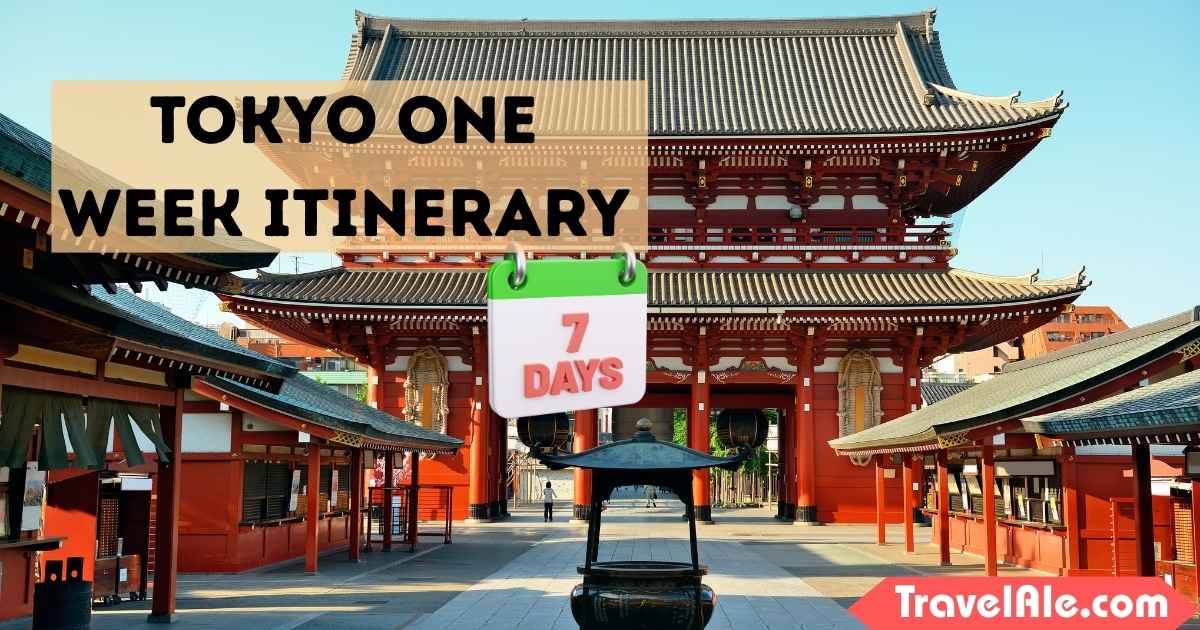
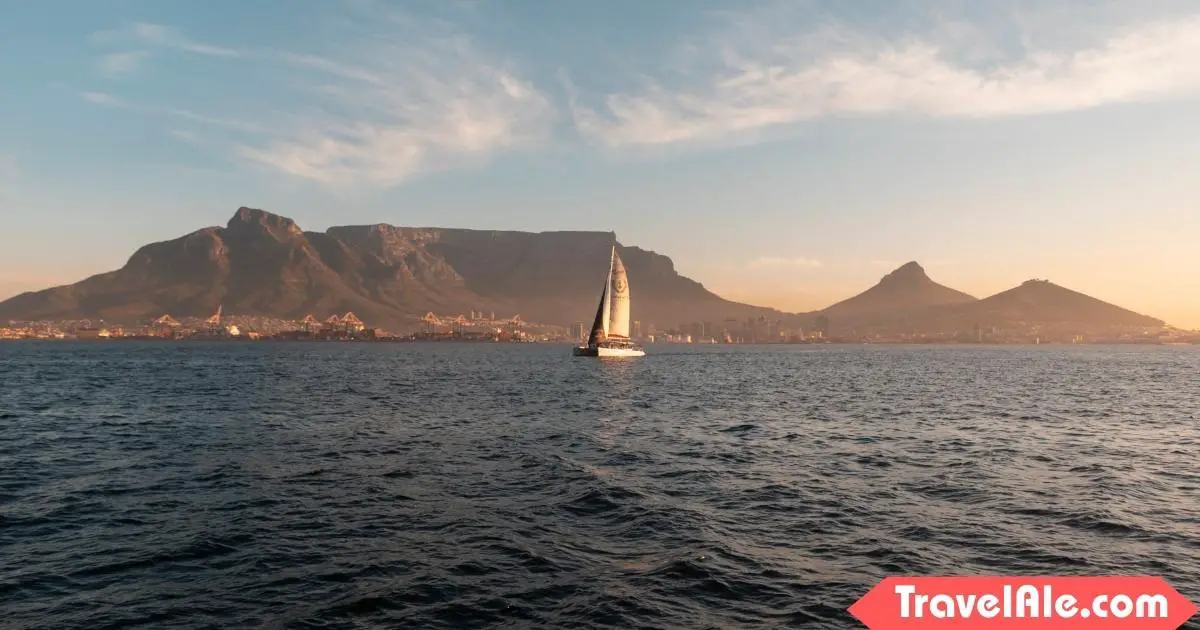
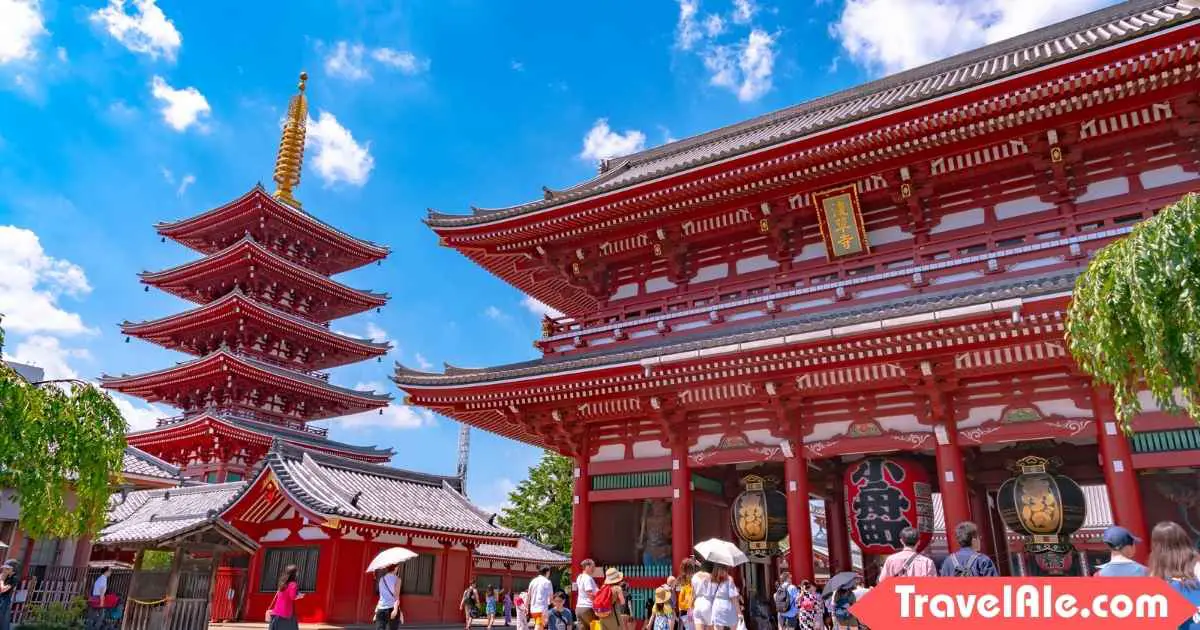
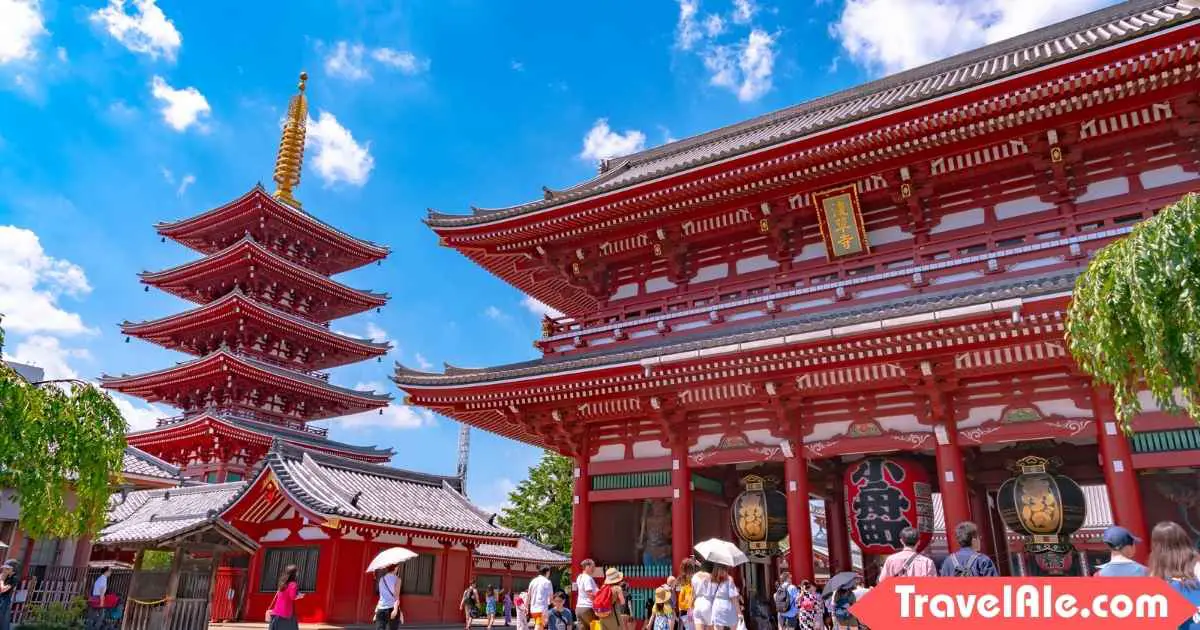
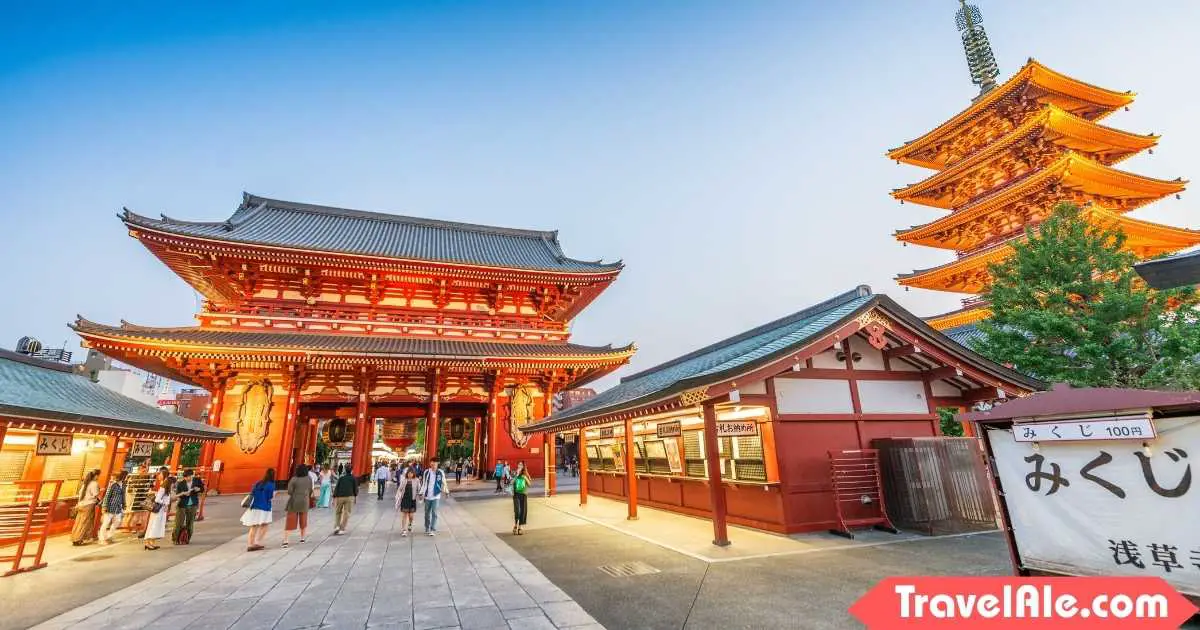

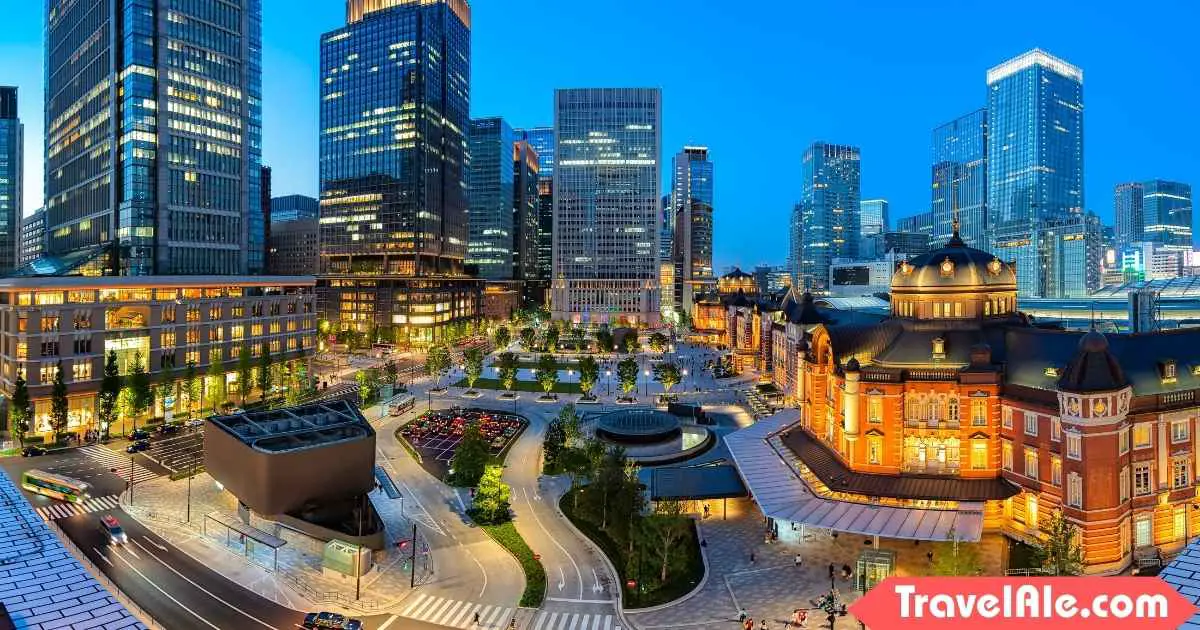
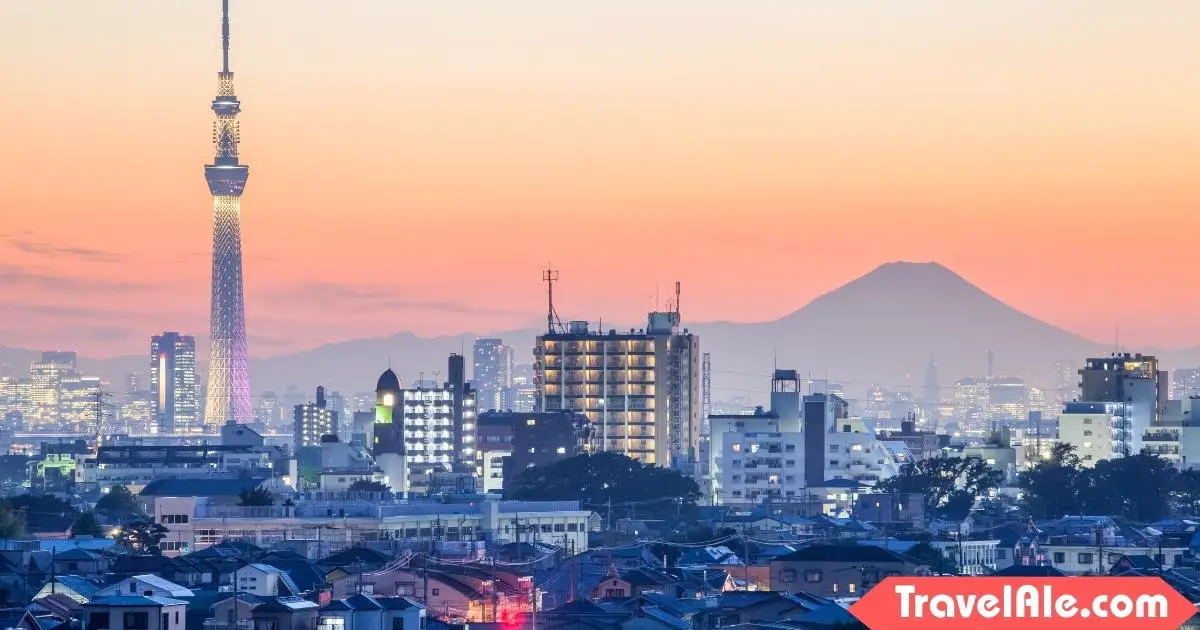
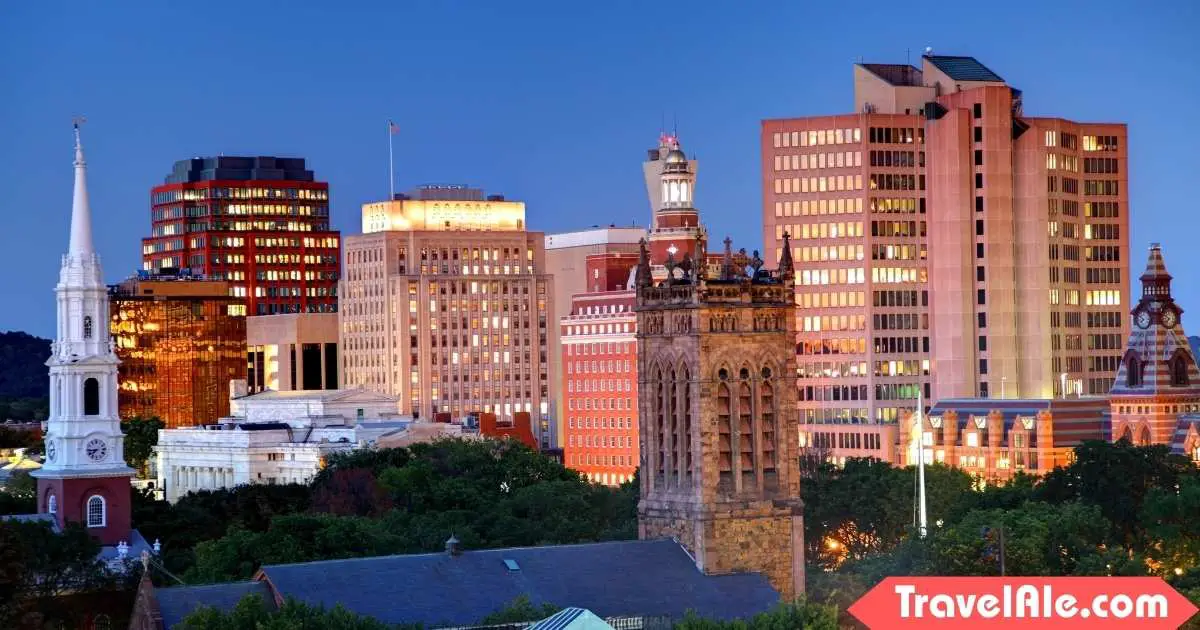



Leave a reply